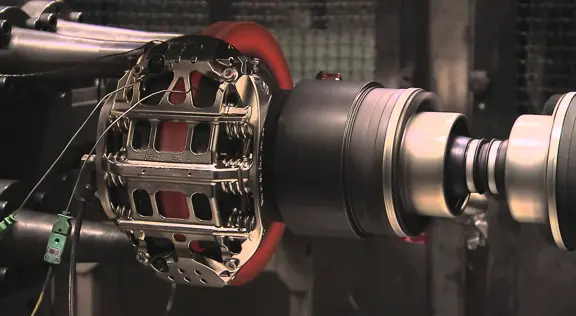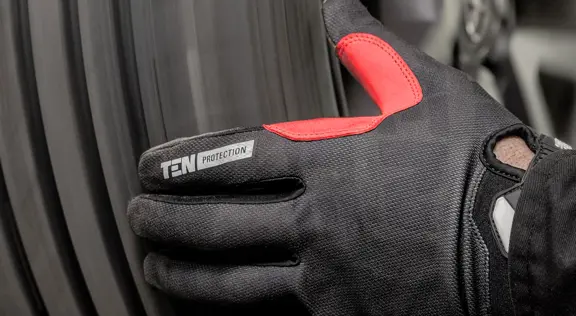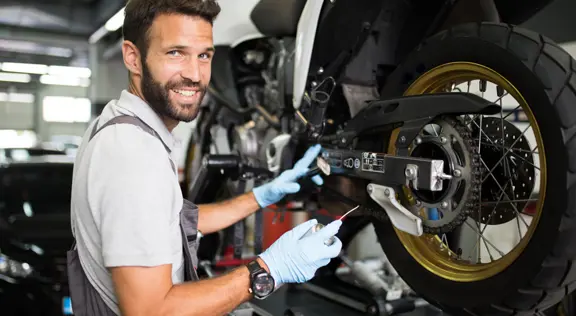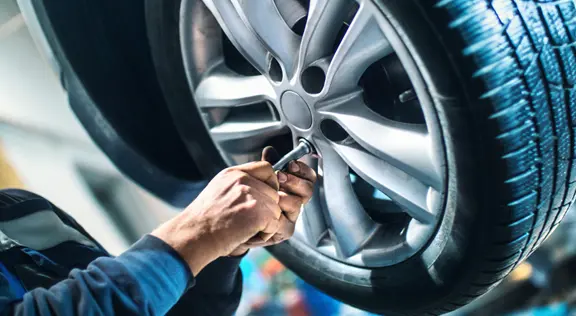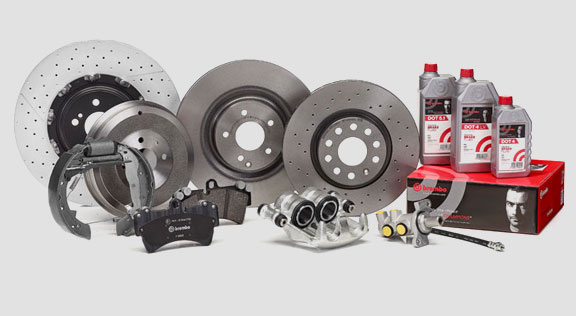Noises and vibrations
What tips does Brembo have for proper replacement that prevents the occurrence of noises and vibrations?
Like vibrations, squeals coming from the braking system are quite often not due to any defect or poor quality of the new component. Much more often than one might imagine, the causes can be found in the poor wear condition of the other braking system components, which have deteriorated over time, thereby resulting in poor operation of pads and discs.
While changing discs and pads, we always recommend not limiting yourself to the simple replacement of the two main wear components of the braking system, but carrying out a more complete check-up and maintenance on the system itself.
In general, remembering to carry out the following operations is advisable:
- If changing pads, check the disc wear;
- If changing discs, always replace the pads as well;
- Clean the disc / hub coupling surfaces (of rust or dirt);
- If there are deposits of material or dirt (not a new disc), also clean the braking surface of the disc;
- Check the oscillation of the brake disc mounted on the wheel hub. Normally, it should not exceed the value of 0.10 mm. In case of problems, also check the oscillation value of just the wheel hub, which should not exceed 0.050 mm;
- When changing the pads, if they have anti-noise shims, remember to apply them correctly. Do not reuse the old shim;
- Check pistons, seals, dust boots and sliding elements on the caliper to ensure that they are not damaged or corroded and that they can slide. Use a specific grease suitable for each component that does not affect the rubber parts. Replace the deteriorated components;
- Clean and apply an anti-noise grease on the contact surfaces between the caliper bracket and the pads;
- Inspect, clean or replace the caliper springs, if old and worn, with new components;
- Check the correct positioning of the springs;
- Check the brake fluid level which should be between the min and max indicators. The brake fluid should be replaced every two years or when specified by the manufacturer;
- Tighten the screws of the wheel in the right sequence, using a torque wrench with the correct tightening torque;
- Conduct a brief road test, ascertaining correct operation of the system and the absence of vibrations and noises. It is essential that you recommend to the driver correct bedding-in for about 300 km, during which time, abrupt braking and intense use of the brakes should be avoided in order to allow the correct alignment of discs and pads;
Carrying out these simple, but important check-up and maintenance operations on the braking system is a fundamental step for preventing the occurrence, even just a few km after replacement, of the most common comfort problems.
As simple, and therefore underestimated, as these operations are, they have to do with the vehicle's active safety components. For this reason, in addition to selecting top quality components, it is important that these operations are carried out with the utmost attention and professionalism.
Is there anything else you want to ask?
Contact the Brembo technical support team. Our technicians will get back to you as soon as possible!

